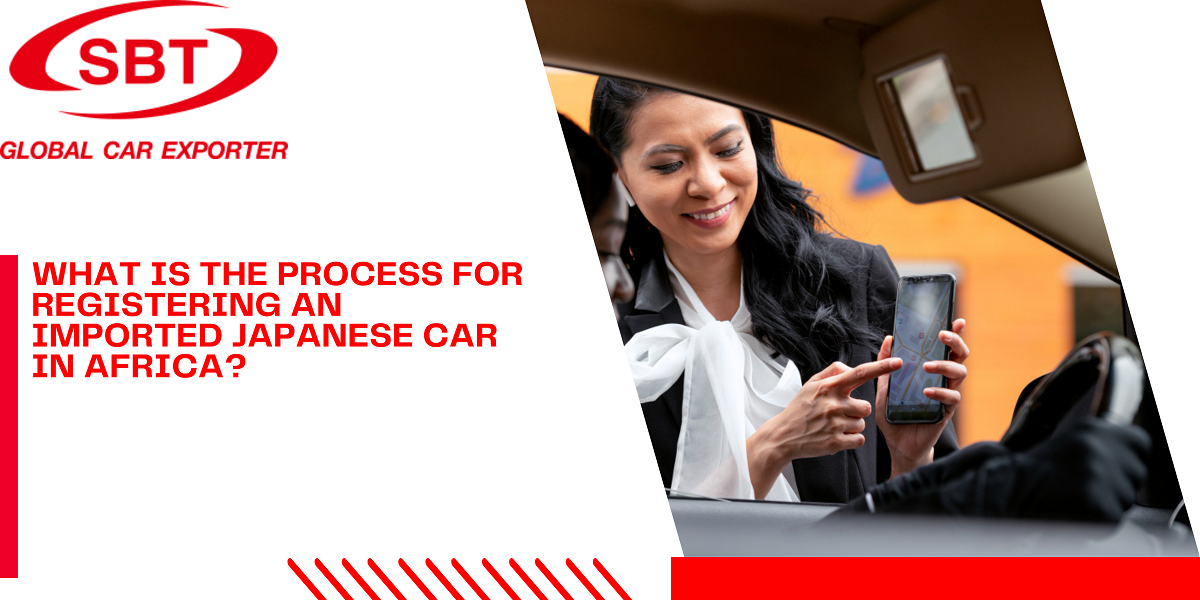Buying a used car can be a great way to save money. However, if you unknowingly purchase a flood-damaged vehicle, it can lead to costly repairs and safety concerns. Flood-damaged cars often have hidden problems that may not be immediately visible, making them a risky investment.
Fortunately, by knowing what to look for, you can protect yourself from making a bad purchase. In this guide, we’ll walk you through the essential steps to identify a flood-damaged car before buying, whether you’re shopping at a dealership or deciding to buy used cars online.
Why Flood-Damaged Cars Are a Risky Investment
Flood-damaged vehicles often suffer from extensive damage that affects their performance and longevity. While some sellers may attempt to clean up the exterior to make it look good, the real issues lie within the electrical system, engine, and interior components. Here’s why these cars are a bad investment:
Electrical Failures: Water can severely damage wiring, sensors, and onboard computers, leading to unpredictable malfunctions that are costly to repair.
Corrosion and Rust: Moisture accelerates rust formation, especially in hidden areas like under the seats, dashboard, and within the engine bay, weakening the vehicle's overall structure.
Mold and Mildew: The interior may develop an unpleasant odor and potential health hazards due to trapped moisture, making it an uncomfortable and unsafe environment.
Hidden Mechanical Issues: Engine, transmission, and brake systems can deteriorate due to water exposure, causing long-term damage that makes the car unsafe to drive and expensive to fix.
All in all, understanding these risks will help you make an informed decision and avoid falling for a car that may look fine on the surface but has underlying problems.
Check the Vehicle’s History Report
Before physically inspecting the car, start with a vehicle history report. Services like CARFAX and AutoCheck provide detailed reports based on the car’s VIN (Vehicle Identification Number). Here’s what to look for:
Title Branding: If the car has been declared a total loss due to flooding, the title may be marked as “salvage” or “flood.” A branded title means the car has undergone significant damage and should raise concerns.
Registration History: If the car has moved from a flood-prone area shortly after a major storm, it could be a red flag that it was exposed to floodwaters.
Insurance Claims: If an insurance company has paid out a claim for flood damage, the car has likely suffered significant water exposure.
Multiple Ownership Changes: A quick succession of ownership transfers, particularly in a short time frame, could indicate that previous owners were trying to get rid of a problematic vehicle.
However, while a history report isn’t foolproof, it’s a great first step to filtering out potentially risky cars before you invest time in further inspections. So make sure you spend some time searching for the history report and thoroughly reviewing it before moving further.
Look for Water Damage in the Interior
The interior of a car can reveal a lot about its history. Even if the seller has cleaned it thoroughly, water damage leaves telltale signs. Here’s what to check:
Unusual Odors: A musty or moldy smell is a strong indicator of trapped moisture that has led to fungal growth.
Damp or Stained Upholstery: Check under the seats, carpets, and floor mats for water stains or dampness, which are a clear indication of flooding.
Mismatched Interior Components: If the upholstery or carpeting looks newer than the rest of the interior, it may have been replaced after flood damage.
Rust on Seat Frames or Bolts: Metal components inside the cabin should not have excessive rust. If they do, water exposure is highly likely.
Malfunctioning Electronics: Test the radio, power windows, seat adjustments, and dashboard lights. Water damage often causes inconsistent performance or complete failure of electrical components.
If any of these signs are present, the car may have been in a flood. You must thoroughly check and rule out water damage in the interior before proceeding with a purchase.
Examine the Exterior for Rust and Mud
Only after you are sure about the interior then you can move to the exterior inspection. The exterior of the car can also reveal signs of water damage. Take your time to inspect the following areas:
Headlights and Taillights: Look for condensation inside the lenses, which indicates water intrusion.
Wheel Wells and Underbody: Mud, silt, or rust in these areas suggests the car may have been submerged in floodwaters.
Trunk and Spare Tire Compartment: Check for trapped moisture, rust, or dried mud that could indicate previous flooding.
Door Seals and Drainage Holes: Water stains or debris around these areas mean water may have seeped in and become trapped inside the vehicle.
Even if the car looks clean on the outside, hidden water damage can compromise its longevity and safety.
Inspect the Engine and Mechanical Components
A flood-damaged car’s mechanical components can suffer serious damage, leading to long-term issues. Here’s how to check:
Oil and Transmission Fluid: Water contamination turns the oil into a milky or frothy consistency. Check the dipstick for any unusual appearance.
Air Filter and Intake System: A damp or muddy air filter suggests water has entered the engine.
Corrosion on Metal Parts: Examine screws, bolts, and metal surfaces under the hood for signs of rust or oxidation.
Battery Terminals and Wiring: Water exposure can lead to brittle wires or corroded battery connections.
If any of these red flags appear, the vehicle may have suffered significant flood damage.
Have a Professional Mechanic Inspect the Car
Lastly, even if you feel confident in your assessment, getting a professional inspection is always a good idea. A trained mechanic can:
· Use specialized tools to detect hidden moisture.
· Check for engine and transmission damage.
· Perform diagnostic tests to ensure all electrical components function properly.
Therefore, a small investment in a professional inspection can save you from making a costly mistake.
Be Wary of Suspiciously Low Prices
If a deal seems too good to be true, it probably is. Flood-damaged cars are often sold at significantly lower prices to entice unsuspecting buyers. If a seller is unwilling to provide full details or allows only limited inspections, proceed with caution.
When shopping to buy used cars online, always verify the seller’s reputation and look for third-party reviews. Reputable platforms often provide guarantees or return policies to protect buyers from fraud.
Final Thoughts: Protect Yourself from a Bad Purchase
In summary, buying a car is a major investment, and ensuring that the vehicle you choose is free from flood damage is essential. By following these steps—checking the history report, inspecting the interior and exterior, examining the engine, and consulting a professional mechanic—you can significantly reduce the risk of purchasing a problematic car.
Whether you visit a dealership or buy used cars online, always remain cautious and conduct thorough research. A little extra effort upfront can save you from expensive repairs and safety concerns down the road.
Do you have experience identifying a flood-damaged car? Share your thoughts in the comments below!




